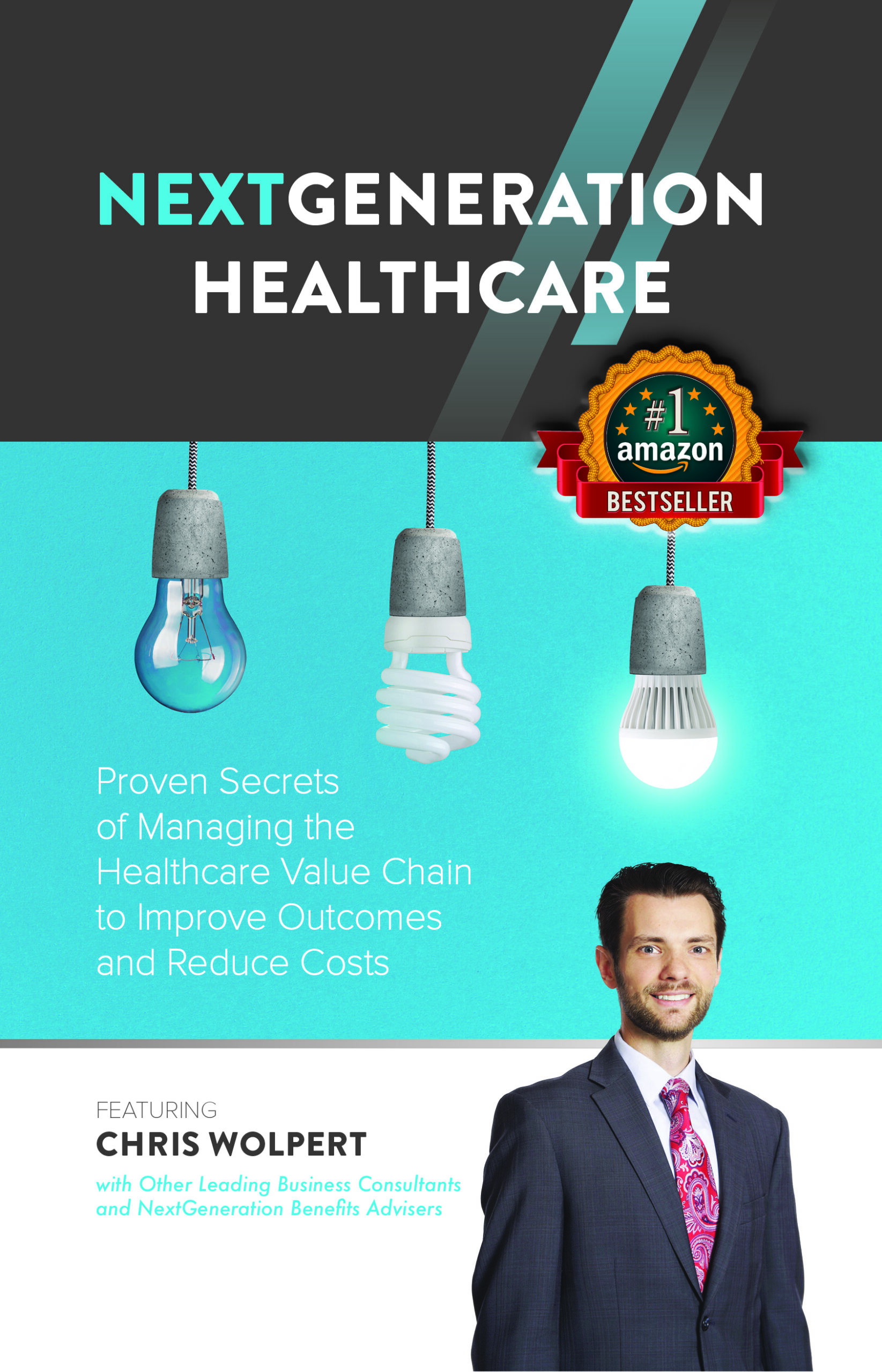Gaining access to plan claims data and expenditures can help employers identify their plan’s main cost drivers and any under- or overutilization. Employers whose plans are spending less than average can use that information as leverage if they want to negotiate for better rates or plan structure.
But how much data an employer can get — and what they can do with it — often depends on how their plan is funded. Employers who purchase group health insurance have the least amount of access to data, but if they work with their broker, they can sometimes gather important insight into what spending is driving their plan’s costs. Self-insured employers have the most access since they are the insurer and contract with administrators that handle their claims.
Fully insured vs. self-insured plans
Employers in fully insured plans can take steps to improve access to information, including:
- Requesting quarterly reports from their insurer or broker showing trends in claims by category (e.g., ER visits, specialty drugs).
- Asking for benchmarking data that compares their plan’s usage and cost patterns to similar companies.
- Negotiating for more transparency during renewal discussions. Some carriers offer access to online dashboards or population health tools that provide at least a general overview.
Self-insured employers and those using level-funding (a hybrid arrangement between fully insured and self-insured) have more access to granular data, which they own. They typically contract with a third-party administrator to handle the plan’s expenditure and collect important data that can shed light on cost drivers.
What you can do with data
With access to the right claims information, employers can:
- Identify high-cost claimants (scrubbed of identifying information) and track chronic conditions like diabetes, hypertension and musculoskeletal issues.
- Break down spending by demographics to tailor benefits to age, gender and family status.
- Monitor utilization patterns, such as unnecessary emergency room visits or low preventive care adherence.
- Use predictive modeling to forecast future claims and adjust the plan design accordingly.
Why this data matters
Access to claims and utilization data allows employers to align their plan benefits with employee needs while controlling unnecessary costs. Here’s how employers can benefit:
Initiating targeted communication: If employees overuse the ER or underuse preventive services, employers can launch education campaigns to steer behavior.
Plan optimization: Data can show whether adding a mental health benefit or removing a redundant offering would deliver better value.
Vendor performance: Employers can evaluate if programs like telehealth, disease management or wellness initiatives are delivering a return on investment.
Smarter renewals: Employers can use their data to negotiate more effectively with vendors or consider alternative funding arrangements.
Options for smaller employers
If you’re a smaller firm and don’t have access to deep analytics, you still have options:
Ask us to request insurer data and perform analysis on your behalf and adjust your plan design if necessary.
Use carrier-provided tools, if available, such as reporting dashboards, health risk assessments or plan modeling software.
Review claims data at least quarterly to identify cost trends, any under- or overutilization or cost anomalies.

